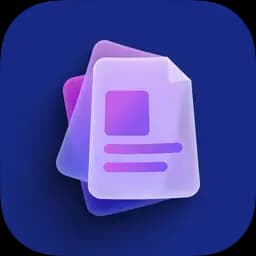Documentation overview
- Updated on
Thank you for choosing Shipixen for your website and blog. This guide will help you get started with the basics of Shipixen and how to generate a website and blog.
If you're new to Shipixen, we recommend starting with one of the guides below.
Generating your first boilerplate
Check out the guide to generating your first boilerplate.
It only takes a couple minutes!
Deploying
Within the Shipixen app, you'll be able to deploy your generated boilerplate with 1 click after you've configured it.
We currently only support deploying to Vercel, but we're working on adding more platforms.
Any other changes after the initial deployment will be automatically deployed.
To read more about deploying, check out the deployment guide.
Running locally
After you've deployed the boilerplate, it's possible to clone the newly-created repository and run it locally.
Read more about running the boilerplate locally here.
Customizing the landing page
Customizing the landing page is easy with Shipixen. You can explore one of our many templates and copy + paste the code into your app.
Make sure to also checkout out component examples and landing page component documentation.
You can also use any template from Page UI with Shipixen and copy + paste any section into your app.
Landing page components are powered by Page UIPage UI is a collection of landing page UI components for React & Next.js, built on top of TailwindCSS. Free and open-source.

Adding blog posts
To add blog posts, you will need to add a new markdown file to the data directory.
The file name will be used as the slug for the blog post.
See more about adding blog posts here.
Demo
The Shipixen website and this documentation section are built on top of a Shipixen-generated boilerplate.
If you're looking for...
a blog demo.. this documentation section is built on top of a Shipixen-generated codebase.
a landing page demo... the Shipixen website is built with Shipixen landing page components.
a pricing page demo... the pricing page is built with Shipixen landing page components.
components demo... the component examples gives you an idea of what you can build with the included components.
Try the search in the top menu, try dark more, or explore the website by e.g. going to terms page, or check out tags etc. to get a feel for the output.
Troubleshooting
If you run into any issues, please check out the troubleshooting guide.